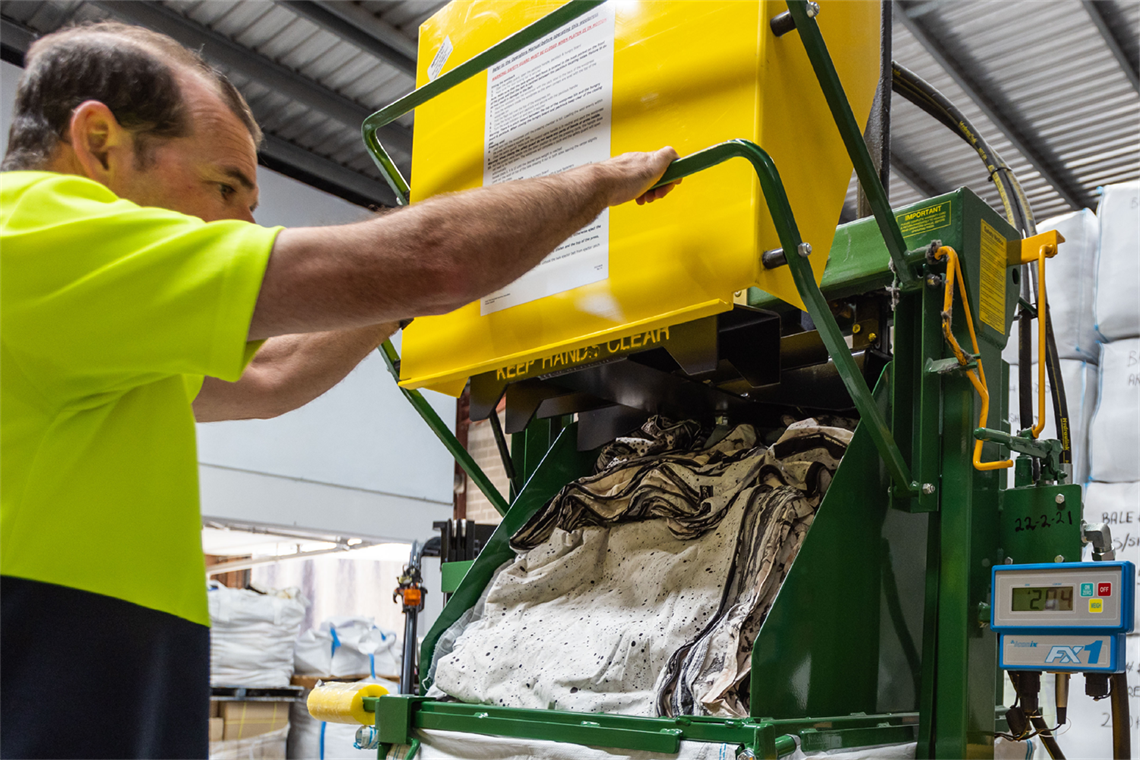Mine service employees working 14-day swings in harsh conditions retained their cognitive function across different seasons but dehydration remained a key issue, a new study from The University of Western Australia has found.
“Our research underscores the complexity of occupational heat exposure in that it’s not just about temperature; factors like hydration play a crucial role in employee welfare.”
PhD candidate Sarah Taggart, UWA
The research, published in , looked at the effects of the seasons on cognitive abilities, fatigue levels, and physiological responses of workers engaged in ‘two on, one off’ rosters.
It found while mental capacity remained stable, water intake played a crucial role in worker wellbeing.
Lead author, PhD candidate Sarah Taggart from UWA’s School of Sport Science, Exercise and Health, said occupational heat exposure was a significant concern however, until now, comprehensive studies tracking the interplay between cognitive function, thermal strain and hydration across seasons had been limited.
“Contrary to expectations, our research found that cognitive function remained steady across the year, suggesting workers adapted to the heat without significant impairment,” Ms Taggart said.
“However, hydration emerged as a key issue, with workers exhibiting greater dehydration and increased sweating in summer compared to winter, despite similar workloads.
“While that’s perhaps not surprising, dehydration can compromise worker health and safety, highlighting the need for targeted interventions to ensure adequate fluid intake.”
Ms Taggart said proactive measures, such as educational initiatives and structured rest breaks, could mitigate the risks associated with heat exposure, enhancing worker productivity and safety.
“Our research underscores the complexity of occupational heat exposure in that it’s not just about temperature; factors like hydration play a crucial role in employee welfare,” she said.
“As industries grapple with rising temperatures and changing climates, understanding the intricate dynamics of heat stress in the workplace can help to pave the way for informed policies and practices, ensuring the wellbeing of workers in challenging environments.”







